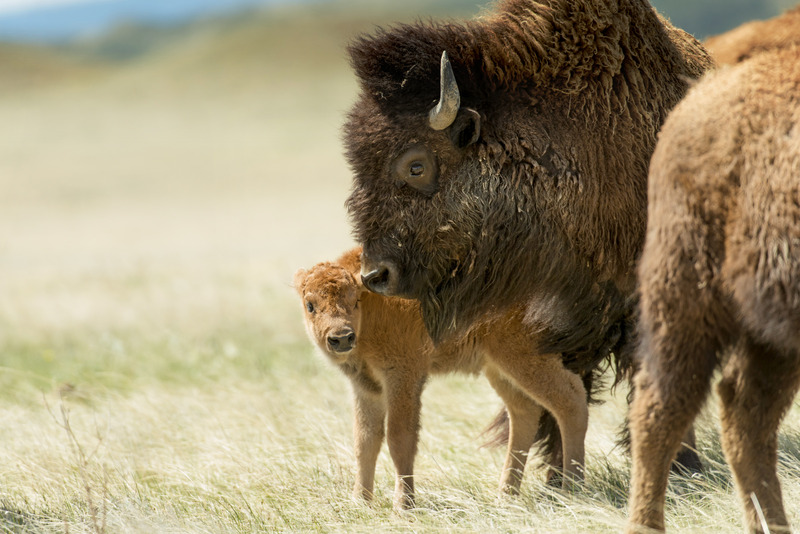The Local newsletter is your free, daily guide to life in Colorado. For locals, by locals.
At the start of the 19th century, as many as 60 million bison wandered America, with the majority in Great Plains states such as Colorado. By the 1890s, though, the country’s population of bison had dwindled to around 400; overhunting had devastated the ancient species. Add in farmers’ efforts to crossbreed the beasts with cattle, and by 1912 just one wild herd of genetically pure bison remained, in Yellowstone National Park. Attempts to reintroduce the species were long thwarted by a bacterial disease that caused the bison to miscarry. Then, in 2011, Colorado State University scientists discovered how to remove the bacteria. Almost a year ago, some of the genetically pure bison were relocated to Soapstone Prairie Natural Area and Red Mountain Open Space, north of Fort Collins, and in May six healthy purebred calves were born—the first in the Colorado wilderness in more than a century. Glimpse the majestic creatures in their 1,000-acre enclosure from the west side of Rawhide Flats Road before it closes for the season on November 30. Bring a pair of binoculars, or else it may seem as if the animals have disappeared again.








